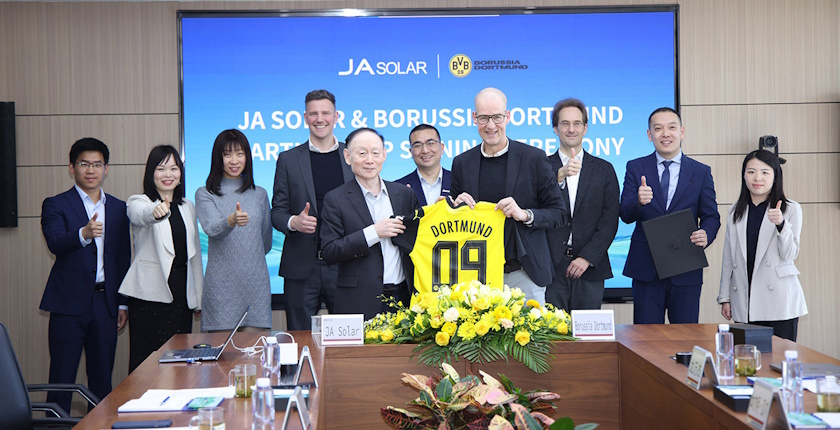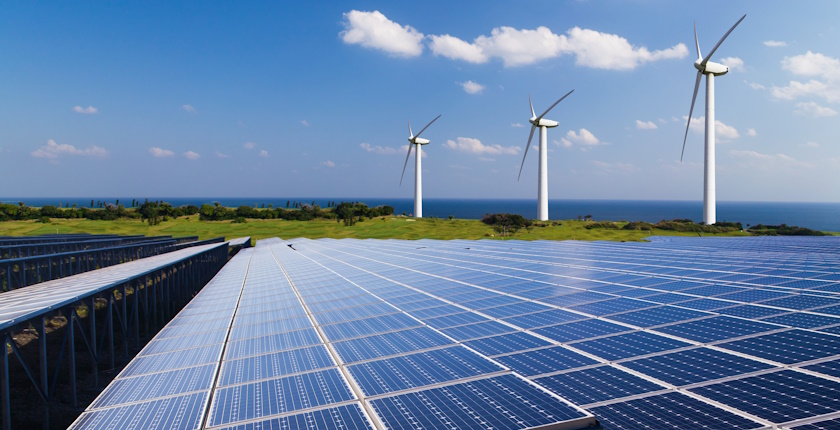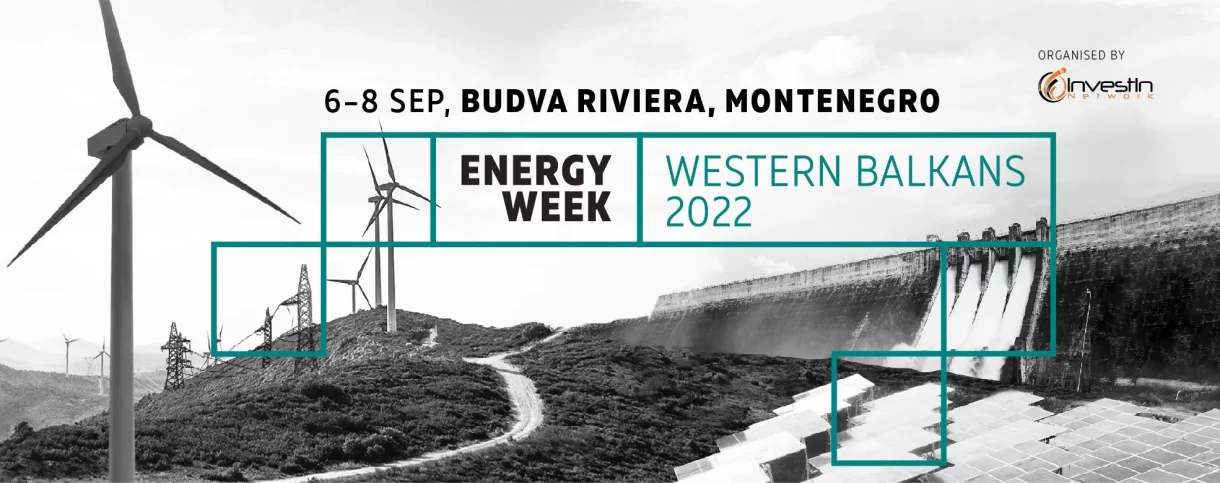
Largest solar power plant on football stadium to be installed at Signal Iduna Park
Signal Iduna Park, the home of Borussia Dortmund Football Club, is set to become the site of the world’s largest solar power plant installed on a stadium roof.
PV module manufacturer JA Solar, based in China, and German football club Borussia Dortmund are joining forces for the installation of a new photovoltaic system on the roof of Signal Iduna Park, creating the world’s largest PV system on a stadium roof, according to JA Solar.
The stadium, which hosts the highest average number of spectators per match in European football, has also become a flagship of sustainable innovation.
Of note, the 4.2 MW solar power plant that Turkey’s energy company Enerjisa Enerji installed on the roof of Galatasaray’s stadium in Istanbul won the Guinness World Records title in 2022.
The system will generate over 4 MWh annually for Borussia Dortmund’s own consumption
The announcement came a day before the Union of European Football Associations (UEFA) and SolarPower Europe partnered to advance sustainability in European football through solar energy.
Aligned with the sustainability goals and long-term vision of both Borussia Dortmund and JA Solar, this project will generate reliable green electricity for the next 30 years.
More than 11,000 modules will be installed on the stadium roof. The system will generate over 4 MWh annually for Borussia Dortmund’s own consumption.
The rooftop system is expected to reduce the club’s CO₂ emissions by about 1,800 tons a year, while significantly improving the stadium’s energy security and resilience.
Cramer: We are setting the course for a more environmentally friendly future
Installation is scheduled to begin in the summer of 2025, with completion targeted by the end of that same summer, JA Solar said.
Carsten Cramer, Managing Director of Borussia Dortmund GmbH & Co. KGaA, said that JA Solar would play a key role in the planned renovation of the photovoltaic system on Signal Iduna Park’s roof.
“With JA Solar’s modules, which will power the largest photovoltaic system on any stadium roof, we are setting the course for a more environmentally friendly future,” Cramer added.
According to Henning Schulze, Vice President of JA Solar, the company is proud that its modules will be used for this project at this iconic stadium. “In times of rapid political change and market disruption, our participation in this project is a clear statement from JA Solar that we are here to stay,” Schulze noted.
Signal Iduna Park, the home of Borussia Dortmund Football Club, is set to become the site of the world’s largest solar power plant installed on a stadium roof.
PV module manufacturer JA Solar, based in China, and German football club Borussia Dortmund are joining forces for the installation of a new photovoltaic system on the roof of Signal Iduna Park, creating the world’s largest PV system on a stadium roof, according to JA Solar.
The stadium, which hosts the highest average number of spectators per match in European football, has also become a flagship of sustainable innovation.
Of note, the 4.2 MW solar power plant that Turkey’s energy company Enerjisa Enerji installed on the roof of Galatasaray’s stadium in Istanbul won the Guinness World Records title in 2022.
The system will generate over 4 MWh annually for Borussia Dortmund’s own consumption
The announcement came a day before the Union of European Football Associations (UEFA) and SolarPower Europe partnered to advance sustainability in European football through solar energy.
Aligned with the sustainability goals and long-term vision of both Borussia Dortmund and JA Solar, this project will generate reliable green electricity for the next 30 years.
More than 11,000 modules will be installed on the stadium roof. The system will generate over 4 MWh annually for Borussia Dortmund’s own consumption.
The rooftop system is expected to reduce the club’s CO₂ emissions by about 1,800 tons a year, while significantly improving the stadium’s energy security and resilience.
Cramer: We are setting the course for a more environmentally friendly future
Installation is scheduled to begin in the summer of 2025, with completion targeted by the end of that same summer, JA Solar said.
Carsten Cramer, Managing Director of Borussia Dortmund GmbH & Co. KGaA, said that JA Solar would play a key role in the planned renovation of the photovoltaic system on Signal Iduna Park’s roof.
“With JA Solar’s modules, which will power the largest photovoltaic system on any stadium roof, we are setting the course for a more environmentally friendly future,” Cramer added.
According to Henning Schulze, Vice President of JA Solar, the company is proud that its modules will be used for this project at this iconic stadium. “In times of rapid political change and market disruption, our participation in this project is a clear statement from JA Solar that we are here to stay,” Schulze noted.





